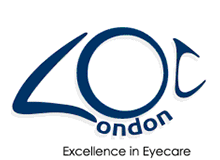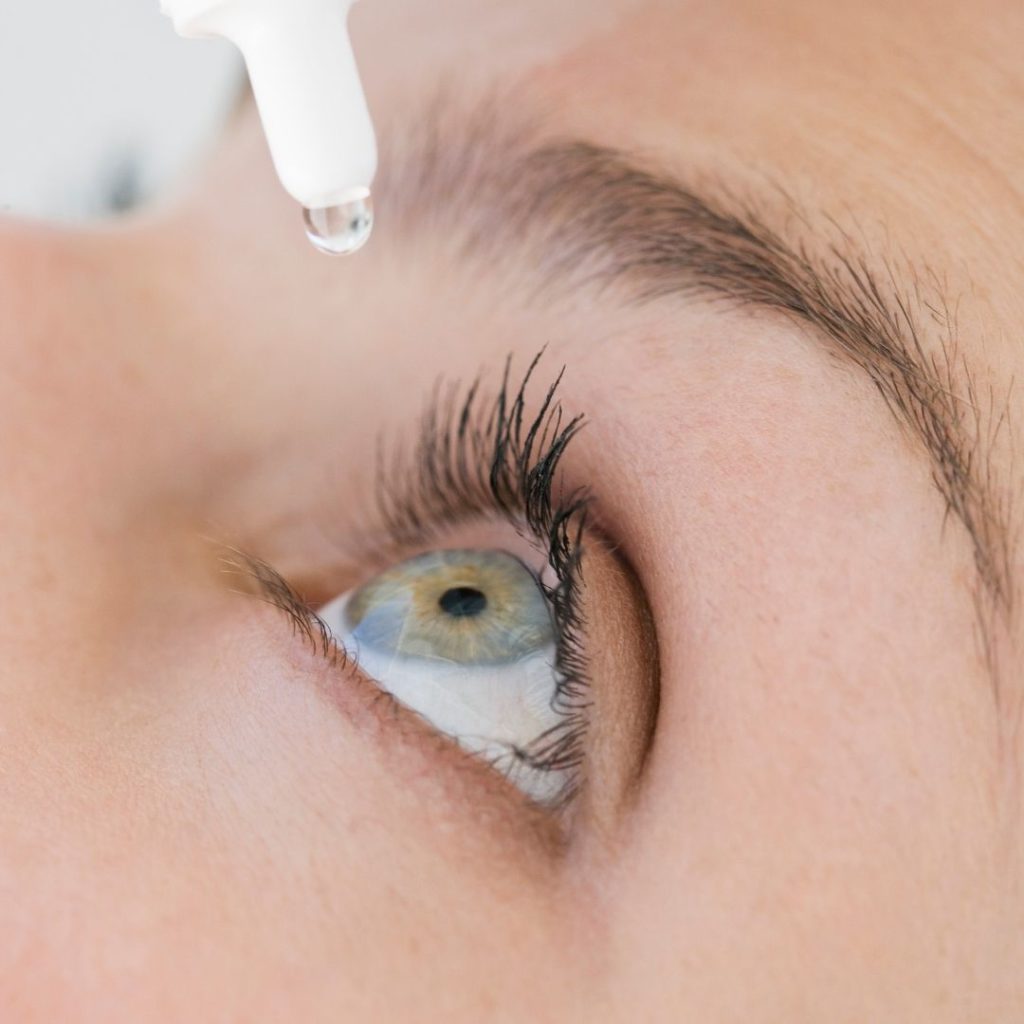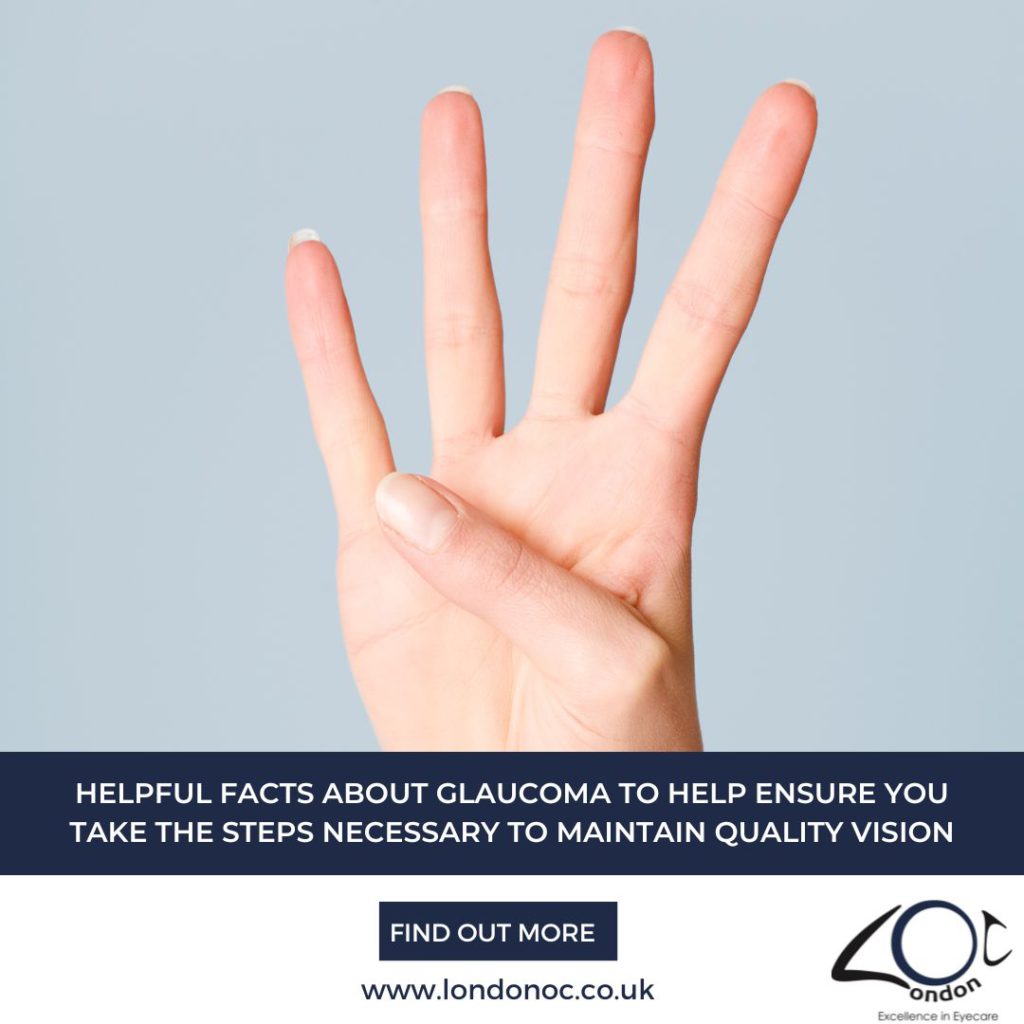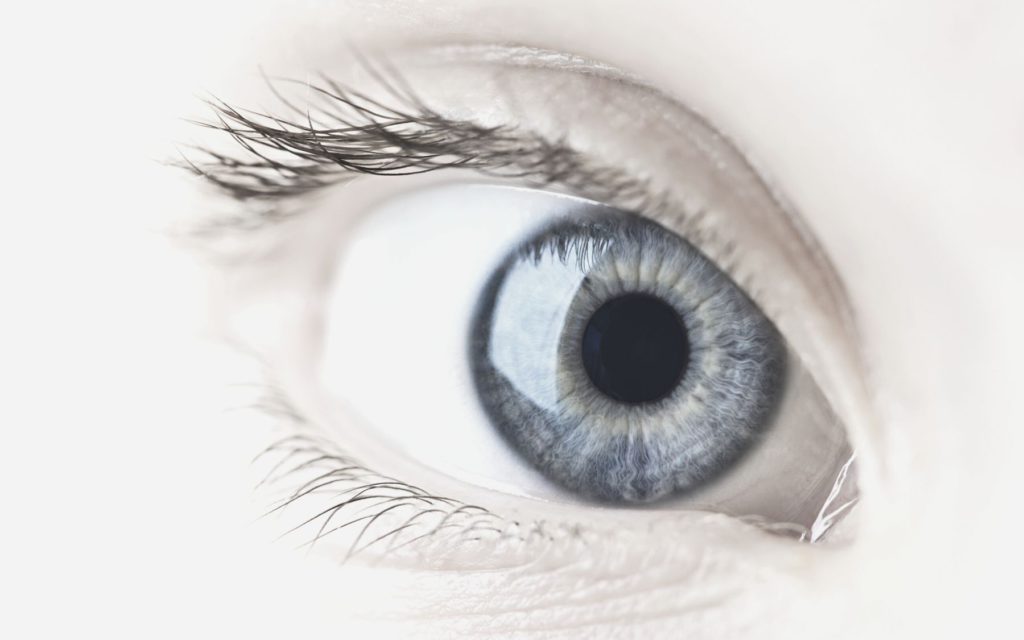Preserflo Microshunt for Glaucoma
Glaucoma is the leading cause of blindness and is a condition caused by raised pressure in the eye. The raised pressure damages the optic nerve leading to vision loss. The problem with glaucoma is it can go unnoticed for a long time as you may not know you have it until your vision starts to suffer as there are no early warning signs.
Eye drops and surgery to control the pressure can help to reduce the pressure but cannot restore vision that is already lost, however treatments can prevent and slow any further damage to the eye and optic nerve.
What is Preserflo?
A Preserflo microshunt is a tiny tube which is inserted into the eye to help lower pressure and reduce the need to use eye drops or medication. The shunt is made of a synthetic material which is non-reactive and biocompatible called SIBS. It is not metallic so will not be affected by airport scanners, MRI machines or CT scanners.
The Preserflo whilst it will not cure glaucoma, it will reduce the eye pressure and prevent any further damage to the optic nerve and further vision loss.
How does Preserflo work?
Glaucoma is caused by a build up of pressure in the eye which is due to a blockage of the eye’s natural drainage system which means that more fluid remains in the eye than drains out, increasing pressure. This pressure causes damage to the optic nerve and therefore vision. The Preserflo surgery, like traditional glaucoma surgery, recreates a drainage pathway for the fluid to leave the eye. However, Preserflo is a minimally invasive option.
Preserflo may be offered to you if you have been using pressure-lowering eye drops or tried laser (or are not suitable for laser) and these are no longer working for you.
During the procedure
During the procedure your eye will be numb so you will not be able to feel anything but you will be awake. The surgeon will then insert the tiny micro tube into your eye through a minute incision. The whole procedure should take no longer than 30-40 minutes.
Following the procedure you can return home within a couple of hours but won’t be able to drive straight away. Your surgeon will give you some healing eye drops to use.
Aftercare
We recommend avoiding rubbing or pressing on the eye after surgery. Your surgeon will advise when you are able to drive again but reading, watching TV and computer use is fine after the procedure. It is safe to fly post-procedure but be mindful that your surgeon will want to see you a couple of times after surgery to check your progress. Make sure you wear goggles if swimming whilst the eye heals.
This article is intended to inform and give insight but not treat, diagnose or replace the advice of a doctor. Always seek medical advice with any questions regarding a medical condition.





0 Comments